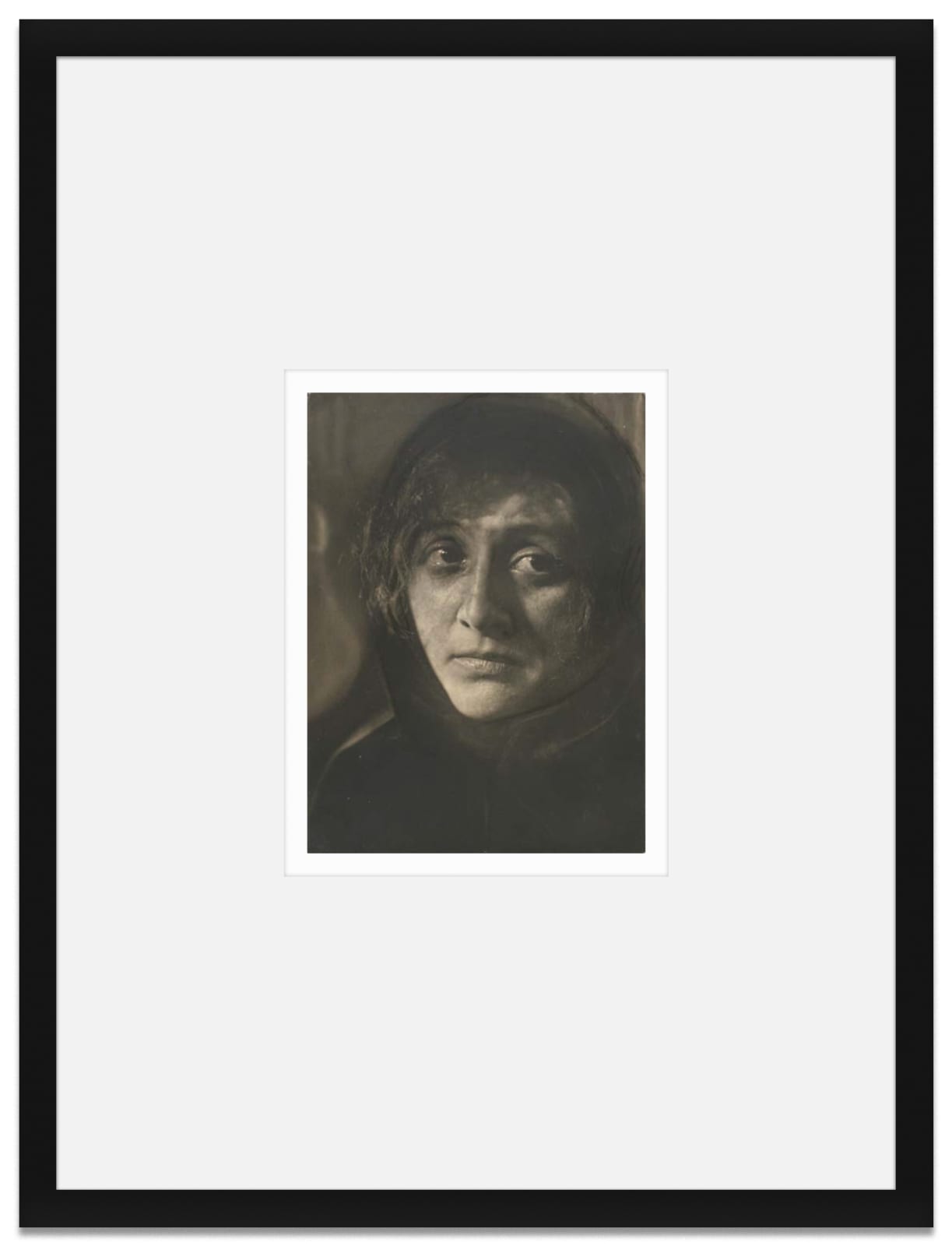
Actress in the USA, 1912
Vintage gelatin silver print, 23.8 x 17.5 cm
Titled on verso
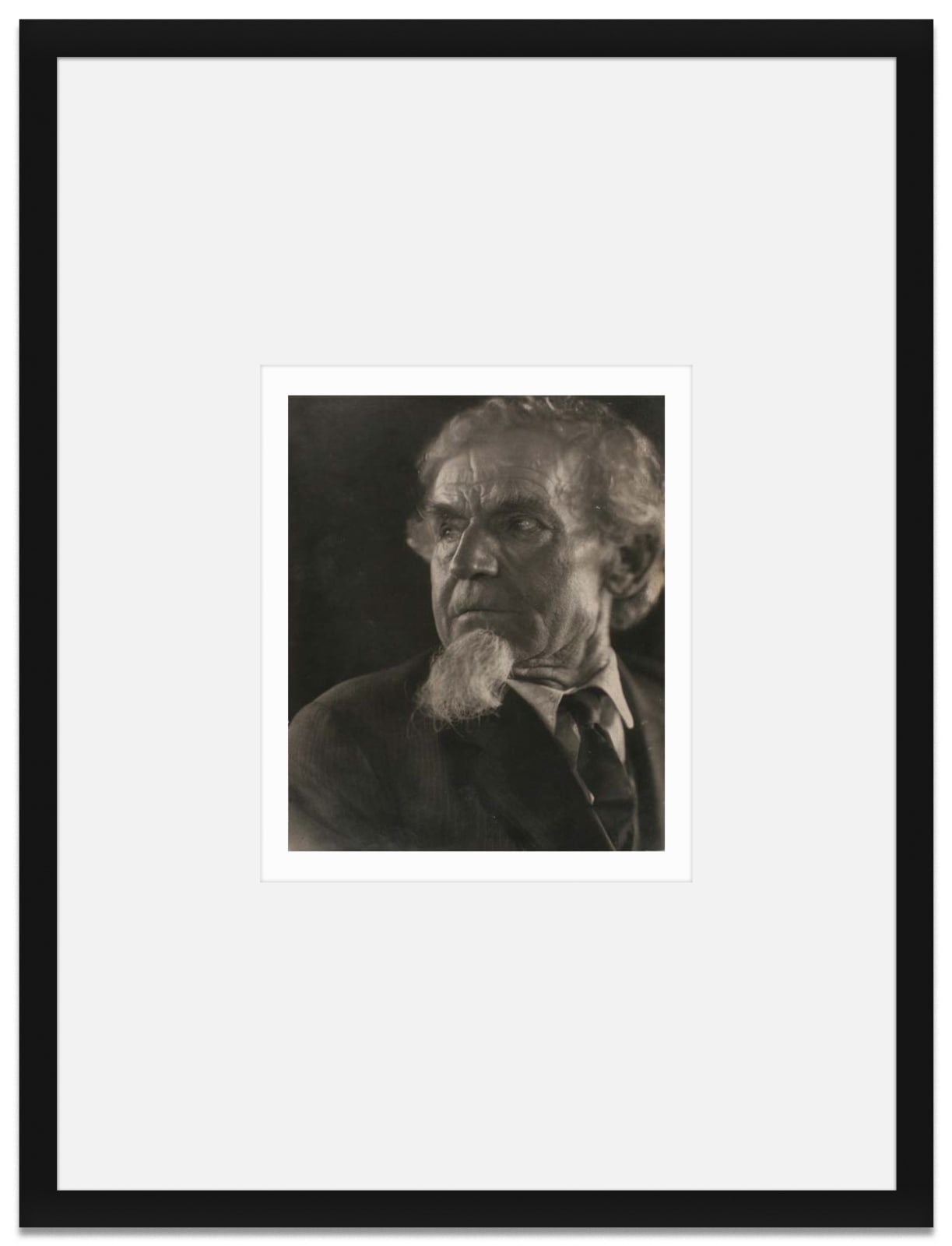
German American Farmer, 1914
Vintage gelatin silver print, 23.2 x 18.3 cm
Titled on verso
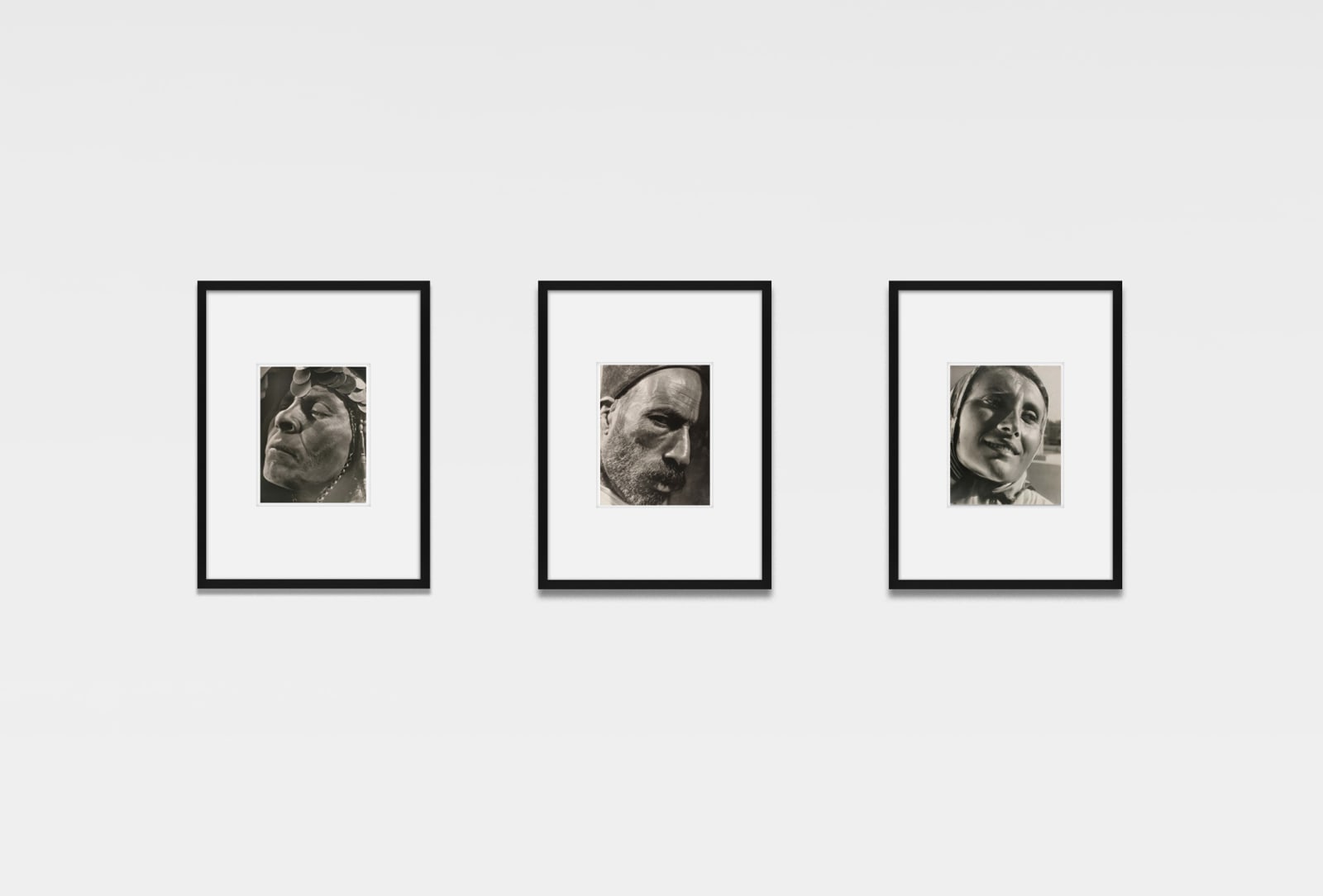
Arabs and Jews, 1931–1935

Arab Girl, 1933
Vintage gelatin silver print, 29.2 x 23.2 cm
Signed on recto and titled and annotated on verso
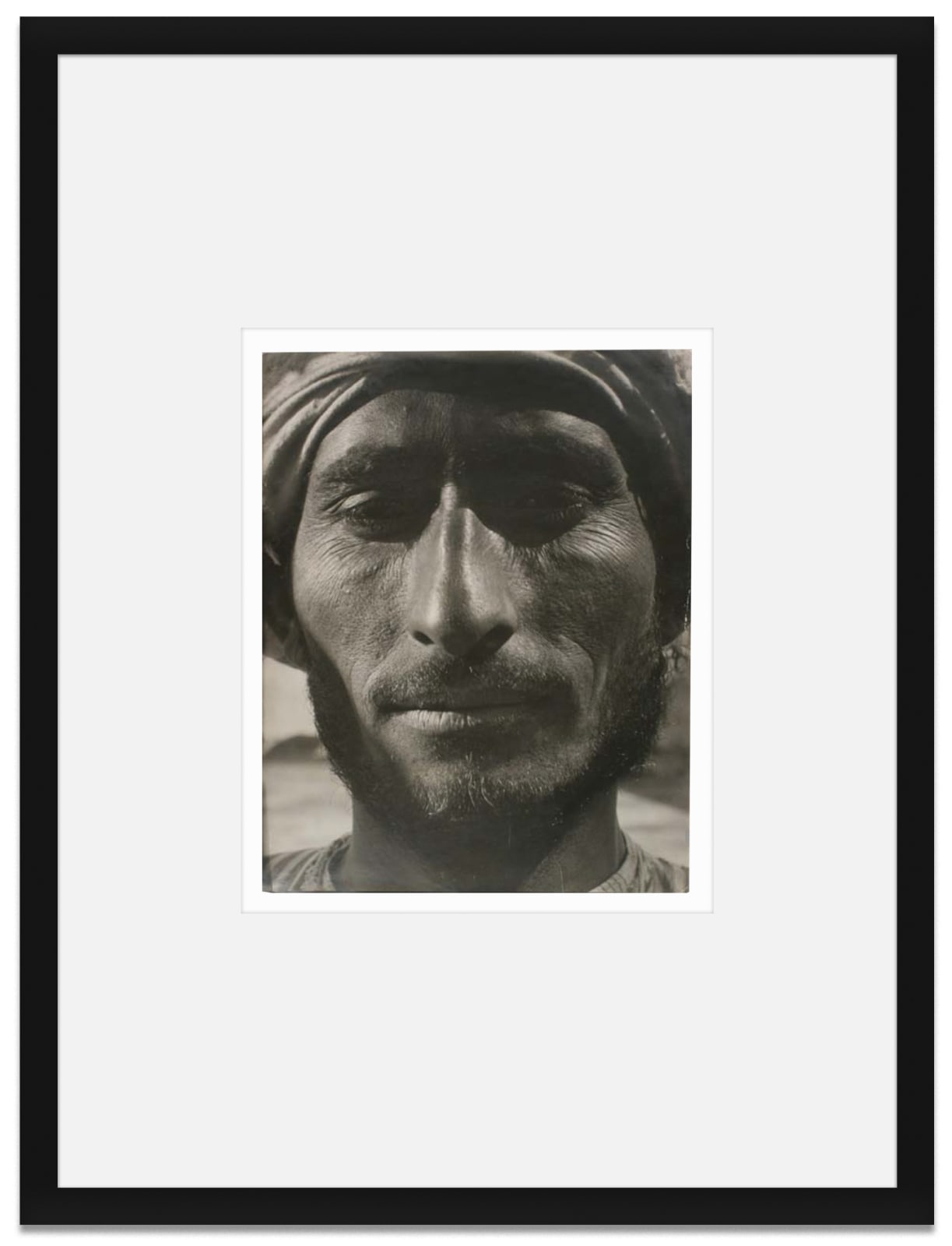
Arab, 1933
Vintage gelatin silver print, 28.6 x 23.2 cm
Titled and stamped on verso
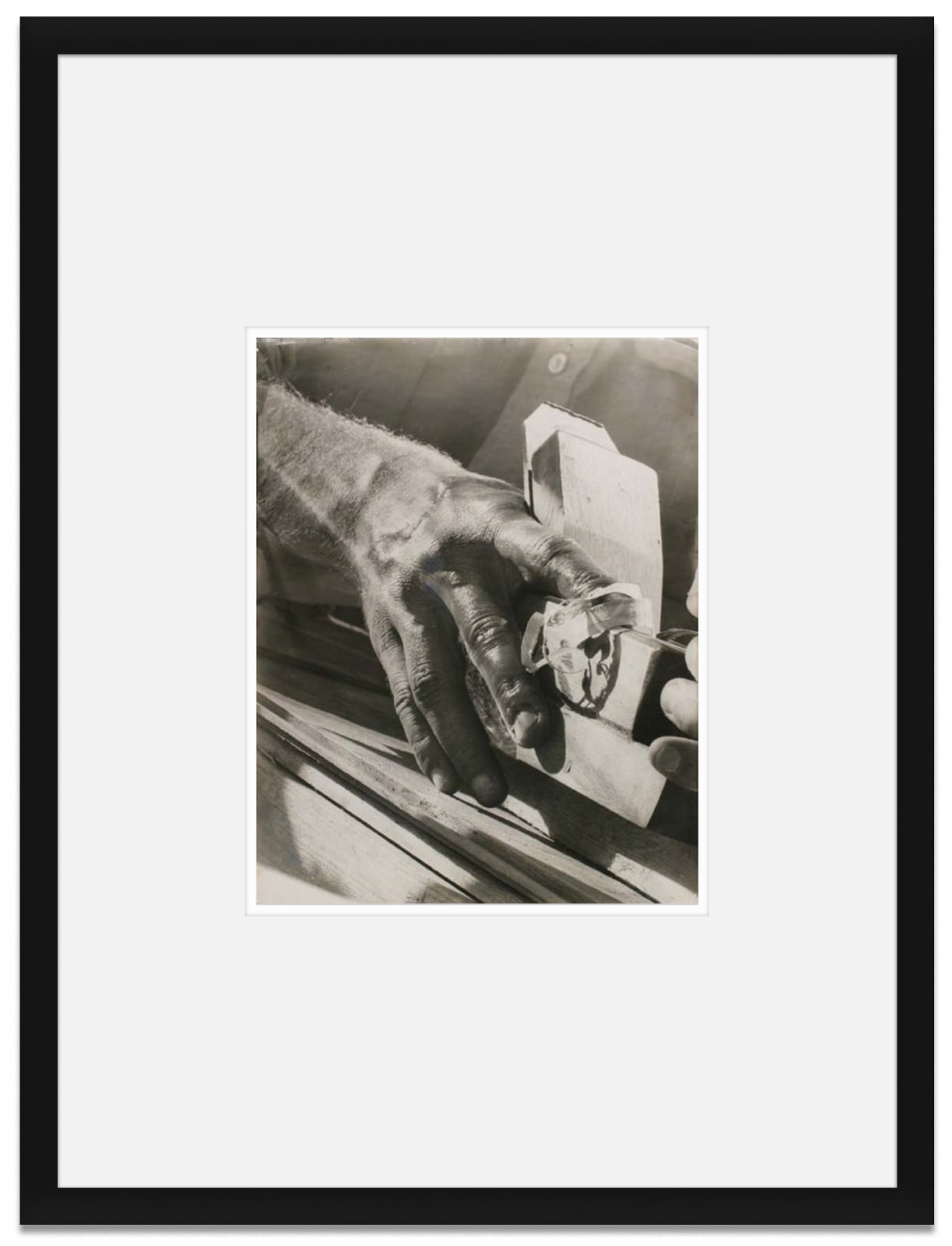
Hands of a Carpenter, 1944
Vintage gelatin silver print, 29.8 x 23.5 cm
Titled, stamped and annotated on verso
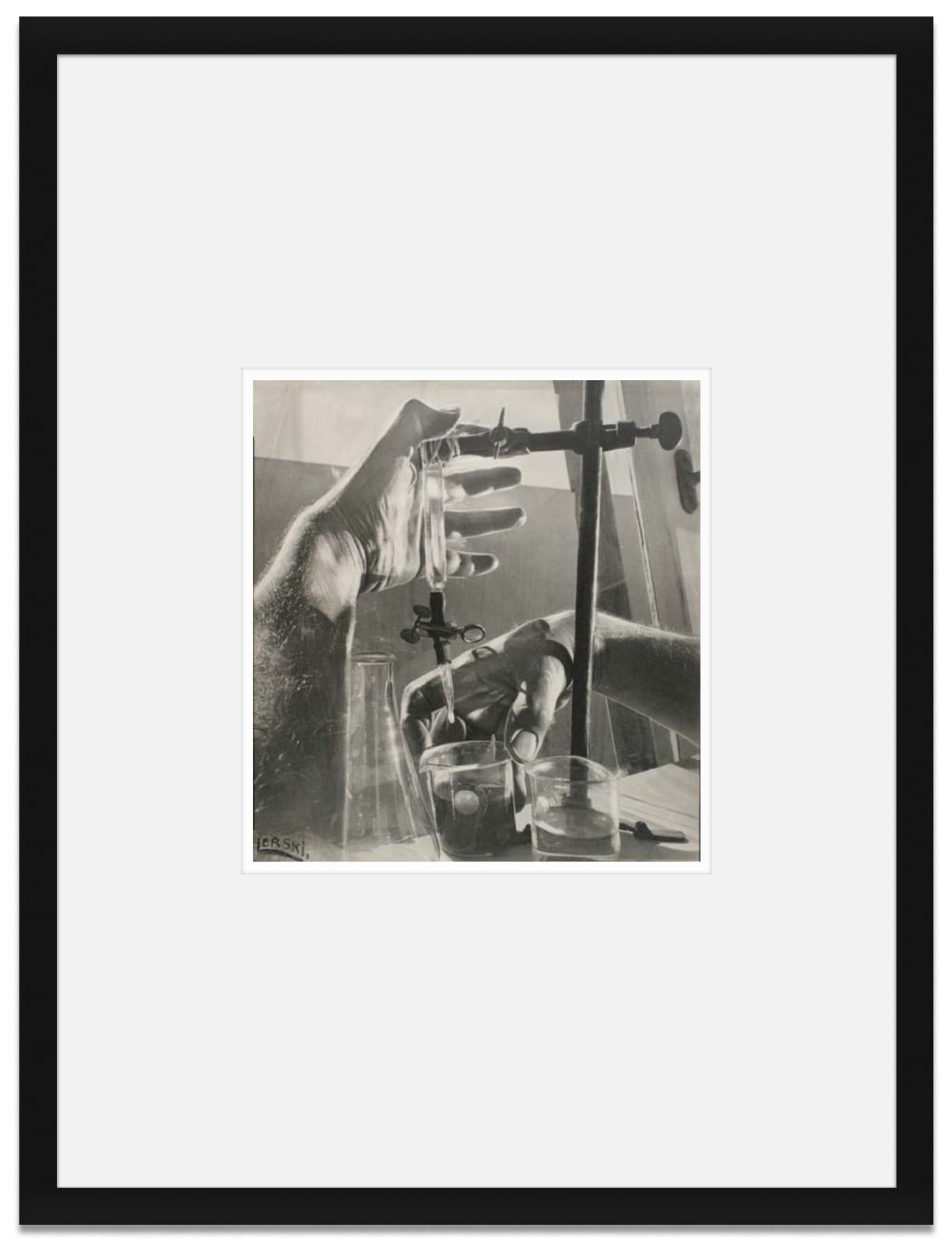
Hands of a Chemist, 1944
Vintage gelatin silver print, 25.4 x 23.5 cm
Signed on recto and titled, stamped and annotated on verso
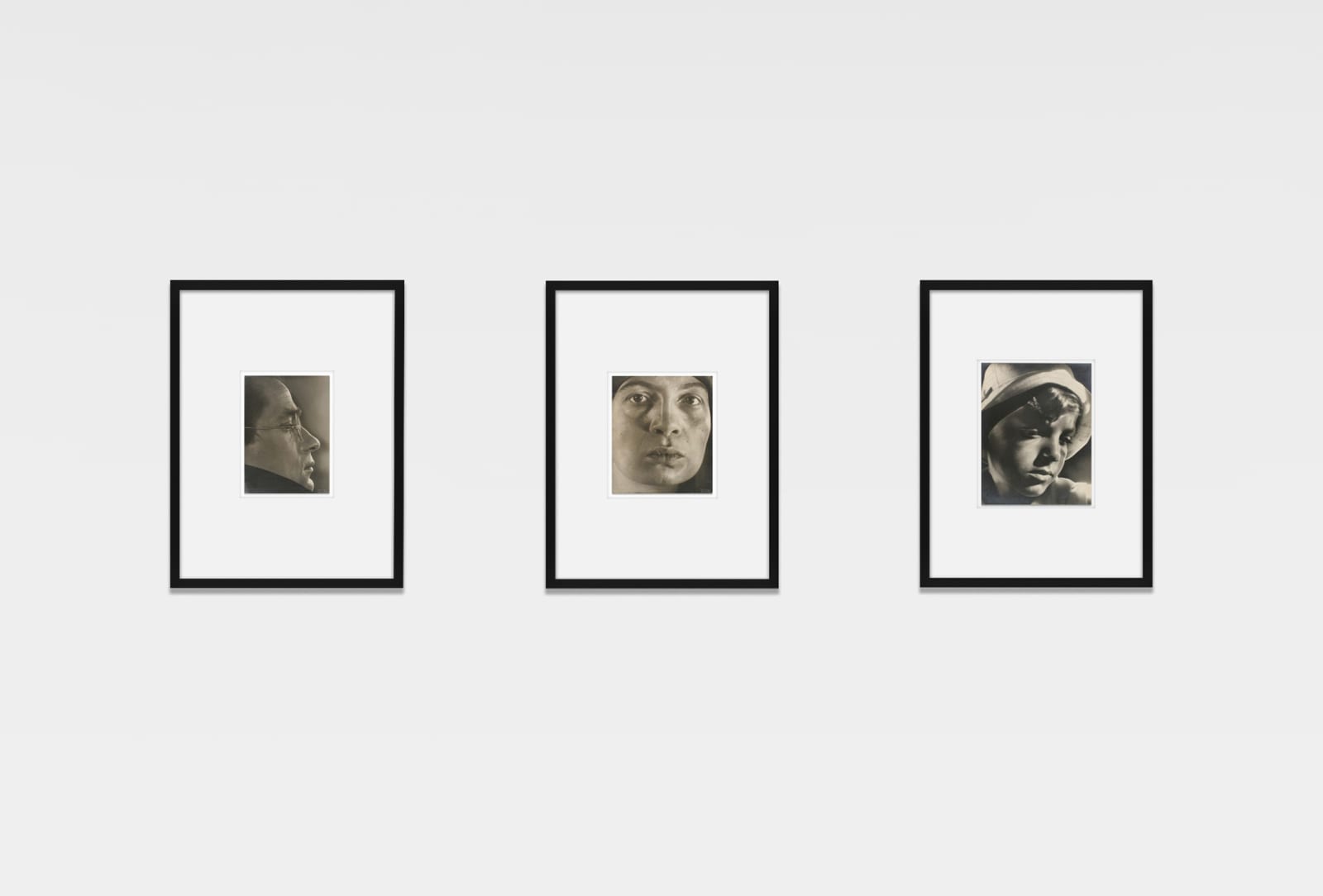
Everyday Faces, 1928–1931
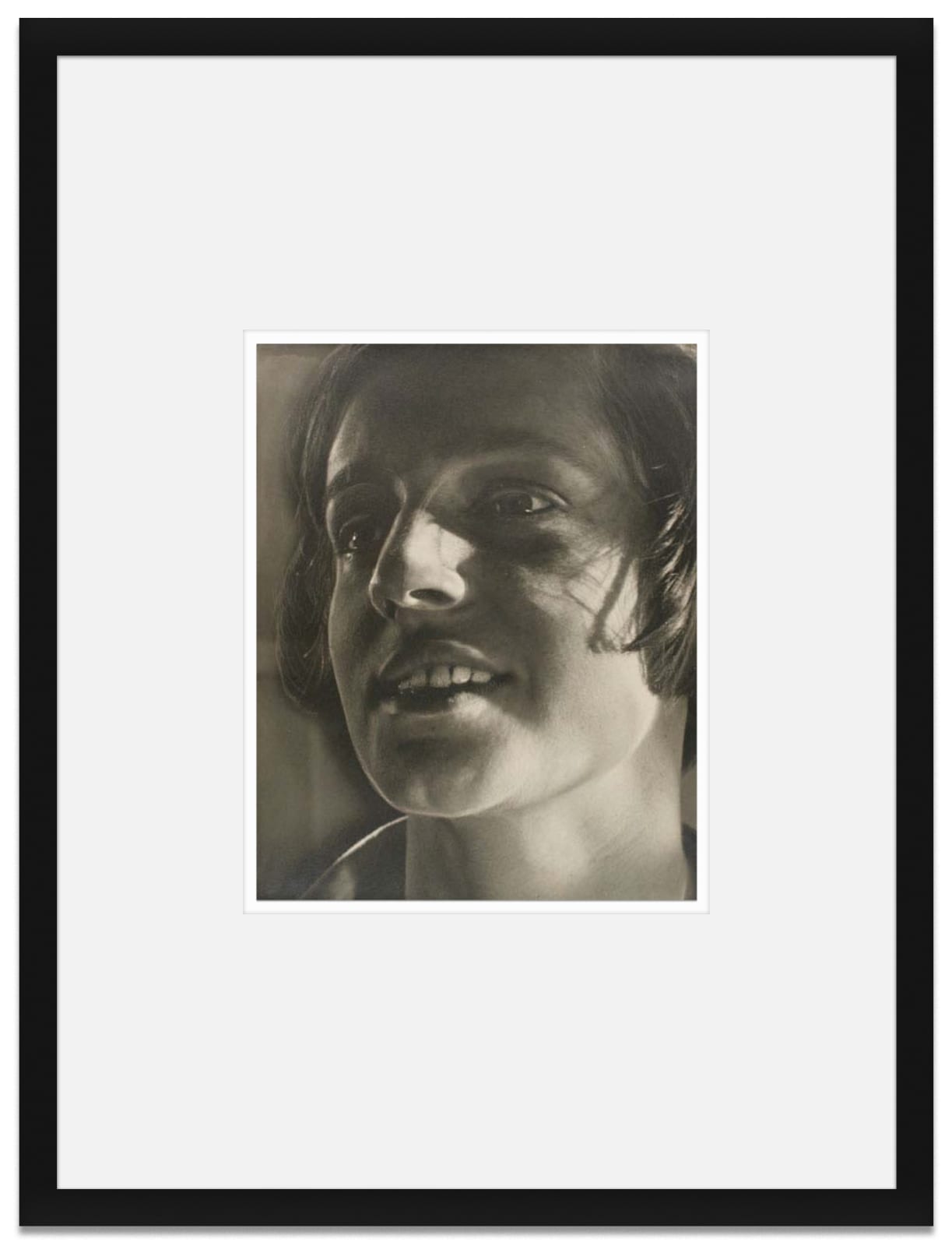
The Housekeeper, 1929
Vintage gelatin silver print, 29.5 x 23.5 cm
Titled and annotated on verso
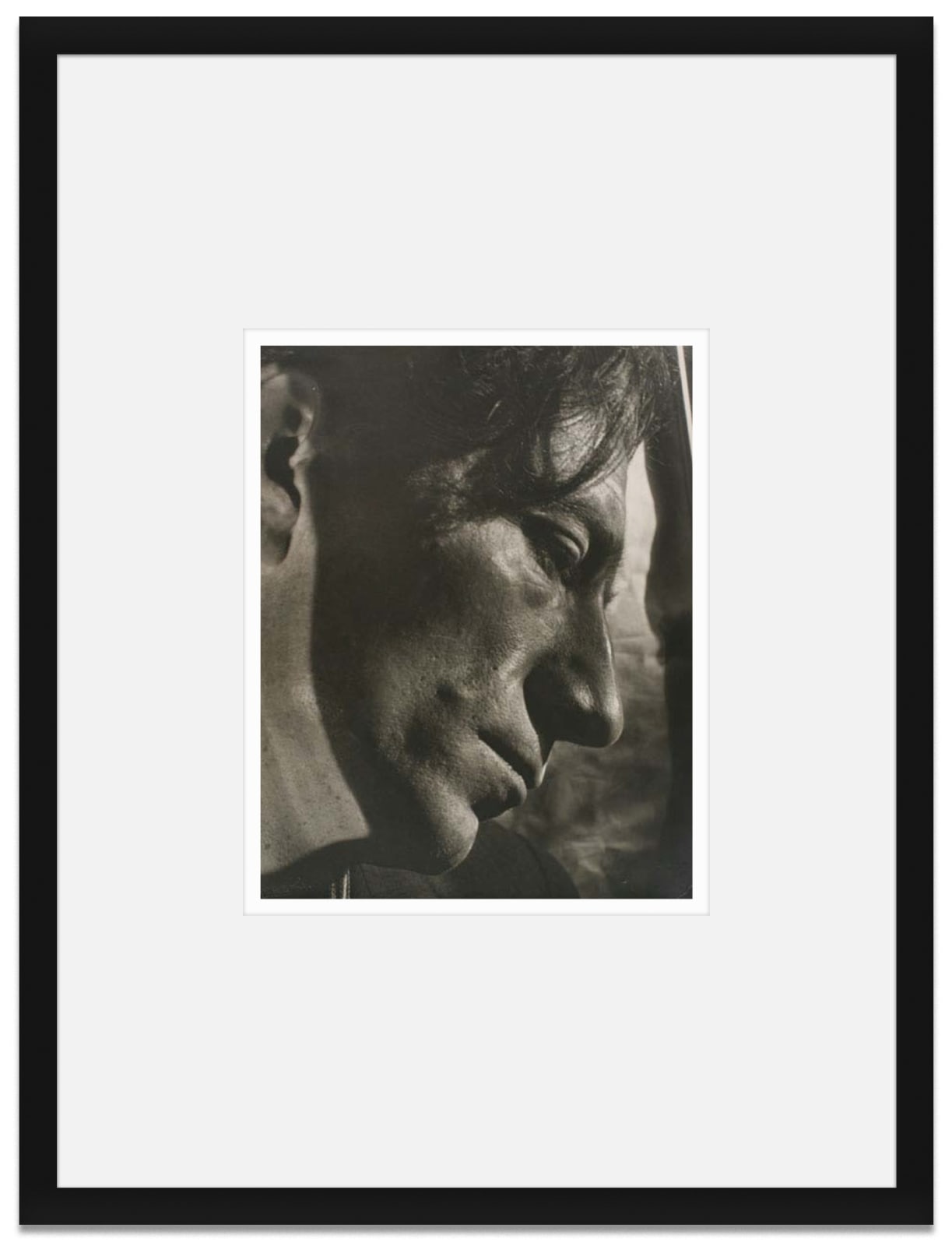
The Beggar, 1929
Vintage gelatin silver print, 29.2 x 23.2 cm
Signed on recto and titled and annotated on verso

Metamorphosis Through Light, 1936
Helmar Lerski 1871, Strasbourg, France-1956, Zürich, Switzerland
Titled on verso
Further images
-
(View a larger image of thumbnail 1
)

-
(View a larger image of thumbnail 2
)

-
(View a larger image of thumbnail 3
)

-
(View a larger image of thumbnail 4
)

-
(View a larger image of thumbnail 5
)
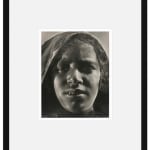
-
(View a larger image of thumbnail 6
)

-
(View a larger image of thumbnail 7
)
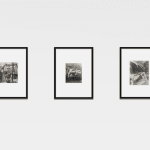
-
(View a larger image of thumbnail 8
)

-
(View a larger image of thumbnail 9
)

-
(View a larger image of thumbnail 10
)

-
(View a larger image of thumbnail 11
)

-
(View a larger image of thumbnail 12
)

-
(View a larger image of thumbnail 13
)
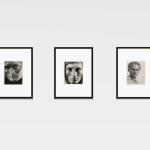
-
(View a larger image of thumbnail 14
)

The collection of 88 vintage prints – a visual material for the book 'Der Mensch – Mein Brude' (1958) includes works from five significant series: Lerski Pictures (1911–1914), Everyday Faces (1928–1931), Arabs and Jews (1931–1935), Metamorphosis Through Light (1936) and Hands (1944).
The organization of light was always the main part of Lerski's artistic method. "Light is a proof that a photographer can create freely, following his mind's eye, like a painter, designer, or sculptor". Lerski managed to reverse the traditional notion of portrait art without applying any of supernatural technical devices. His technical know-how was limited to working with a large format camera, mirrors and contact prints. It was all about the concept, the approach of an artist to the portrait execution.


